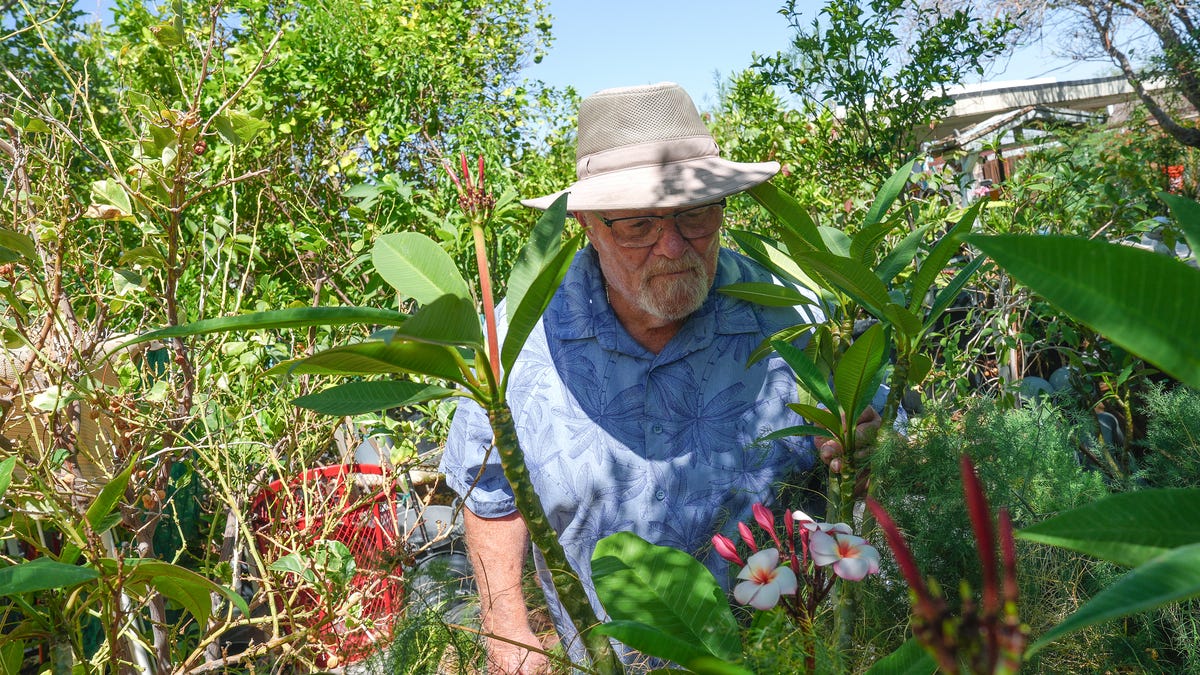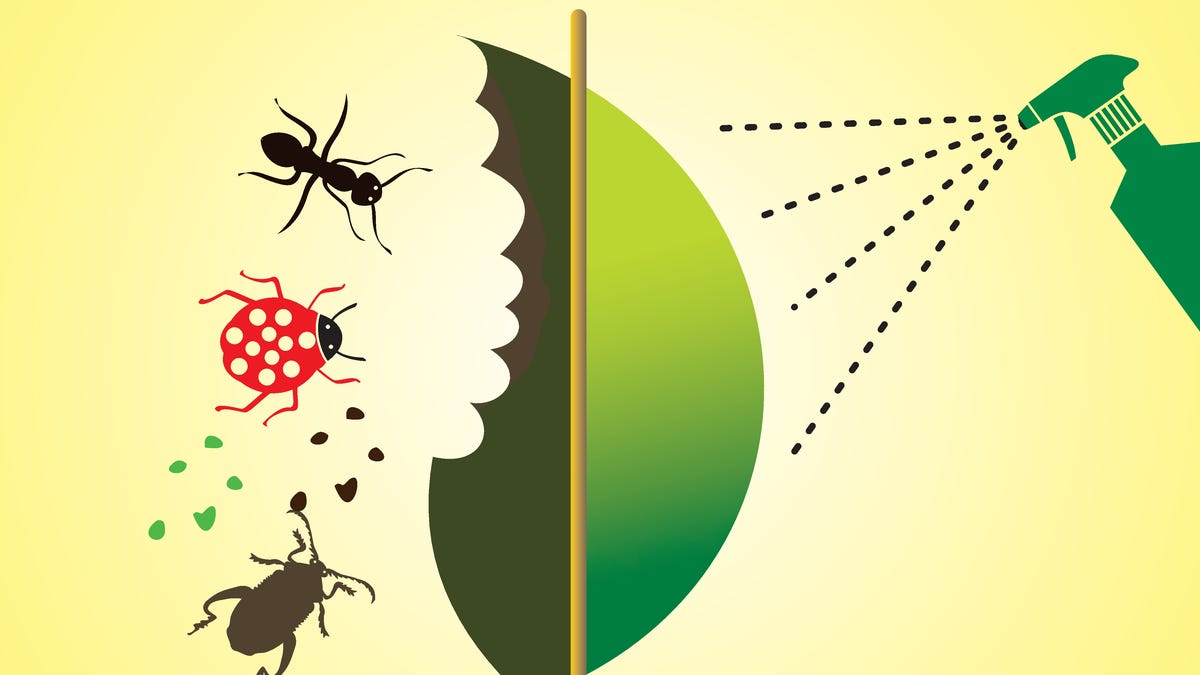Itâs no secret that pollinators are the key to plant survival. For those who have an appreciation for our buzzing brethren, there are various options to attract them to your home. With almost 1,000 native species of bees in Colorado, creating a hospitable space for them can be relatively easy.
Some gardeners might hesitate to encourage bees out of a fear of stings to children and pets. Bees are very unlikely to sting as it is a fatal event for the bee. Their barbed stinger is left behind in the wound, and the bee perishes. Wasps by comparison can sting multiple times and do not leave a stinger in the wound. Most âbee stingsâ are wasp stings.
Honeybees, a non-native species, tend to be the most well-known bee species, but there are many native species that are deserving of the public eye.
Instead of large colonies in hives, most native bees are solitary and lay eggs individually. Some nest in hollow stems and dead wood; others make small ground nests. The bees will emerge in spring the following year. You can do your part by leaving dead tree stumps in the yard for boring bees, granting them space to drill a nest to lay eggs. Wait until late spring to prune or clean up your dead plants. This allows eggs laid in the hollow stems the prior year to emerge as adults in spring. Additionally, you can create a nesting box of hollow wood pieces for bees to utilize.
For bees that create nests underground, such as bumblebees, the best way to accommodate them is to avoid landscape fabric, as they are unable to burrow as needed. Queens typically overwinter in small cavities or leaf litter just below or on the soil surface, or in woodpiles, rock walls and sheds. Avoid raking leaves until April or May to protect the overwintering queens.
To help support bees, aim for having something in bloom from the earliest spring to later in the fall. Attracting native bees doesnât require planting native plants, but native plants are significantly more effective at bringing them to the yard. Try out the following favorites:
⢠Chokecherry â Prunus virginiana
⢠Nodding onion â Allium cernuum
⢠Boulder raspberry â Rubus deliciosus
⢠Beebalm â Monarda fistulosa
⢠Blue Giant Hyssop â Agastache foeniculum
⢠Penstemons â Penstemon strictus, Penstemon virens, & Penstemon eatonii
You can find a more extensive list of plants that attract bees at https://extension.colostate.edu/docs/pubs/native/FrontRange.pdf.
You can help our capable companions in any season, but the best time to start catering to the bees is now!
Submit gardening questions to [email protected] or call 719-520-7684. The in-person help desk is open 9 a.m.-noon and 1-4 p.m. Mondays and Wednesdays at 17 N. Spruce St. Find us on Facebook at Colorado Master Gardeners – El Paso County.
Submit gardening questions to [email protected] or call 719-520-7684. The in-person help desk is open 9 a.m.-noon and 1-4 p.m. Mondays and Wednesdays at 17 N. Spruce St. Find us on Facebook at Colorado Master Gardeners – El Paso County.









